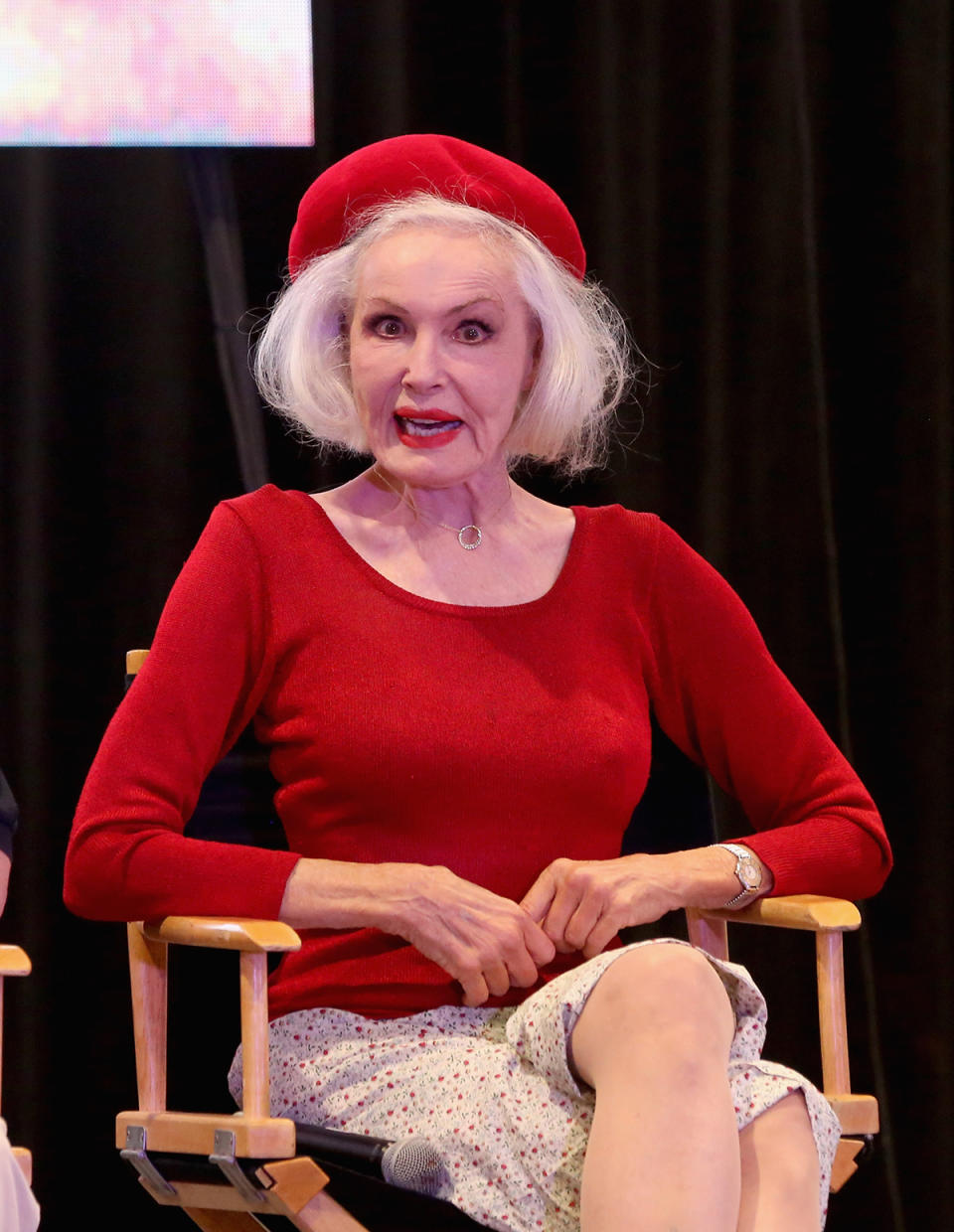Julie Newmar: A Look at the Life, Loves and 70-Year Career Of The Original Catwoman
If you were a kid or teenager in early 1966, you probably remember being in front of the TV at 7:30 on Wednesday and Thursday nights to catch the newest episode of the Batman TV show starring Adam West as the title character and Burt Ward as Robin the Boy Wonder. And if you remember that, then you probably have memories of those wonderful villains, among them Catwoman as portrayed by Julie Newmar, who is now 90 years young and has enjoyed an unbelievable seven-decade career boasting numerous movies and TV shows.
What's really impressive is that she only appeared on 12 episodes of Batman, and yet we all remember her incredible style, her confidence and her ability to hold our rapt attention, which speaks volumes to her charisma and talent.
"For Baby Boomers or anyone who's ever watched a rerun of Batman, her performance is so memorable, and because of that performance — her demeanor, body language, the outfits and the way the character talks — the character was changed in the comic books," Geoffrey Mark, a pop culture historian, actor, author of The Lucy Book and friend of Julie Newmar's tells FIRST for Women. "That's how strong her influence was."
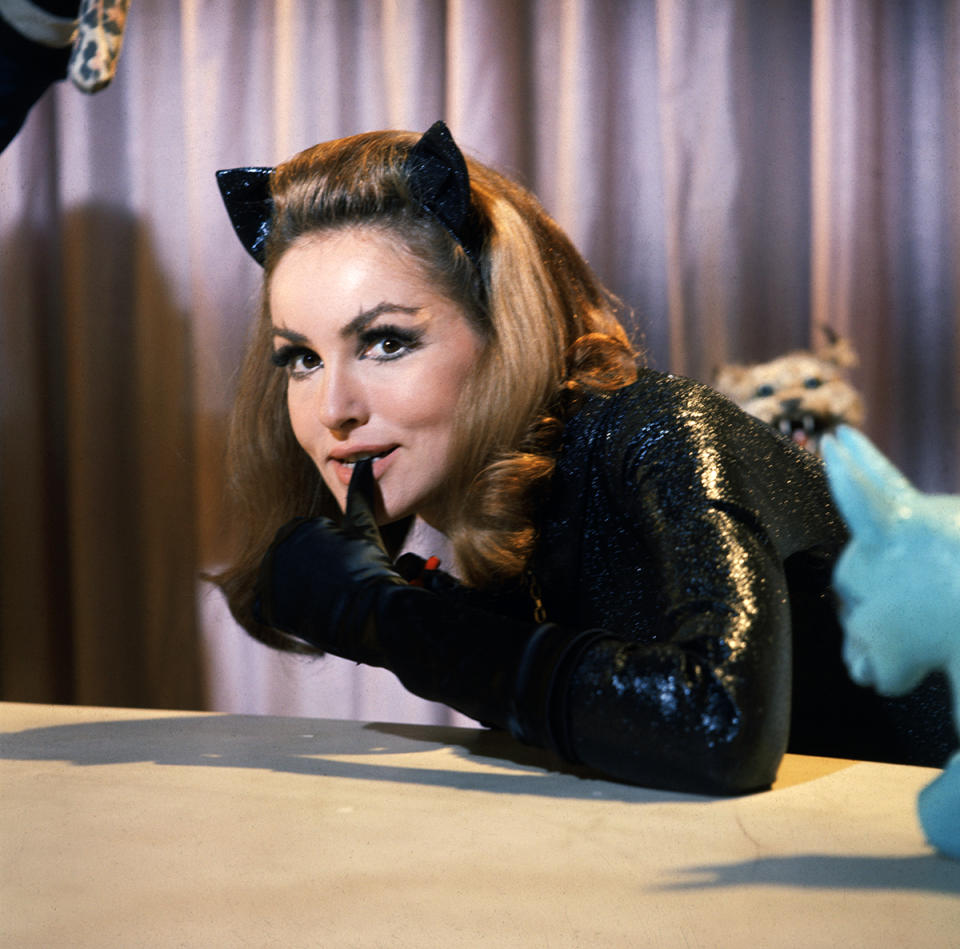
And yet that only represents a fraction of who Julie is. It has to, because 12 appearances on a television show between 1966 and 1967 does not a 70-year career make. Instead, Julie Newmar has starred in 43 movies, 45 television guest appearances, her own TV shows and hitting the stage in 13 different shows. Here, we take a trip into Newmar's incredible life.
Julie's Early Days
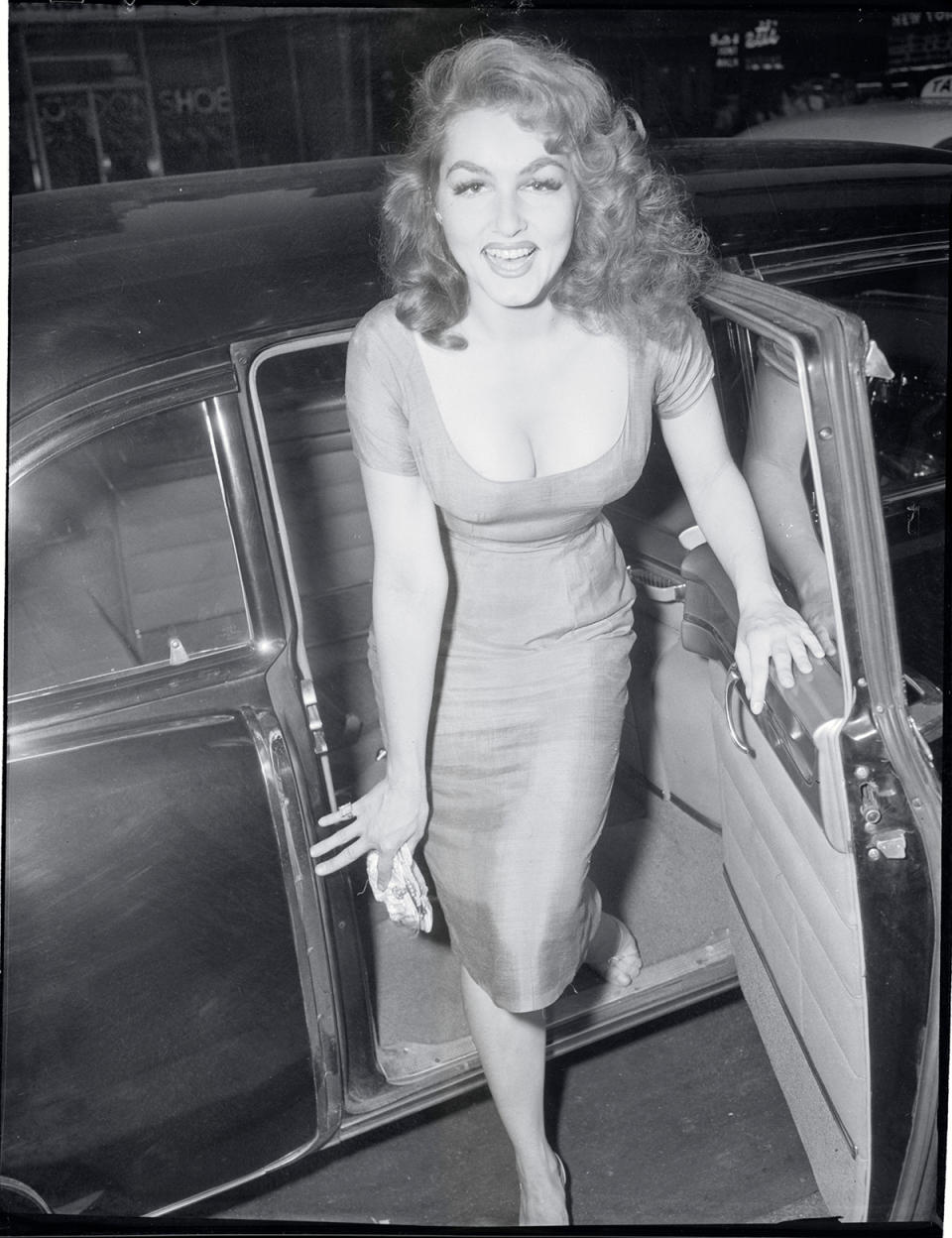
She was born Julia Chalene Newmeyer on August 16, 1933 to a Swedish-French fashion designer mother and a professional football player and Los Angeles City College Head of Physical Education father.
"Julie came into show business kind of sideways, because she was born in Los Angeles and one didn't come to the West Coast to go into theater or to play in a classical orchestra or be a ballerina," Geoffrey points out. "So she kind of rolled that up into one. As a result, her early public exposure is being a ballerina with the LA Opera and she got noticed from there."
Newmar was only 15, Geoffrey continues, but she was a very tall woman at five feet, eleven inches with a lot of ballet talent. "Julie was an excellent dancer and it was her statuesque beauty and the excellent dancing that people saw that brought her to the attention of both MGM and Universal Studios. She was a performer at MGM and a choreographer at Universal."
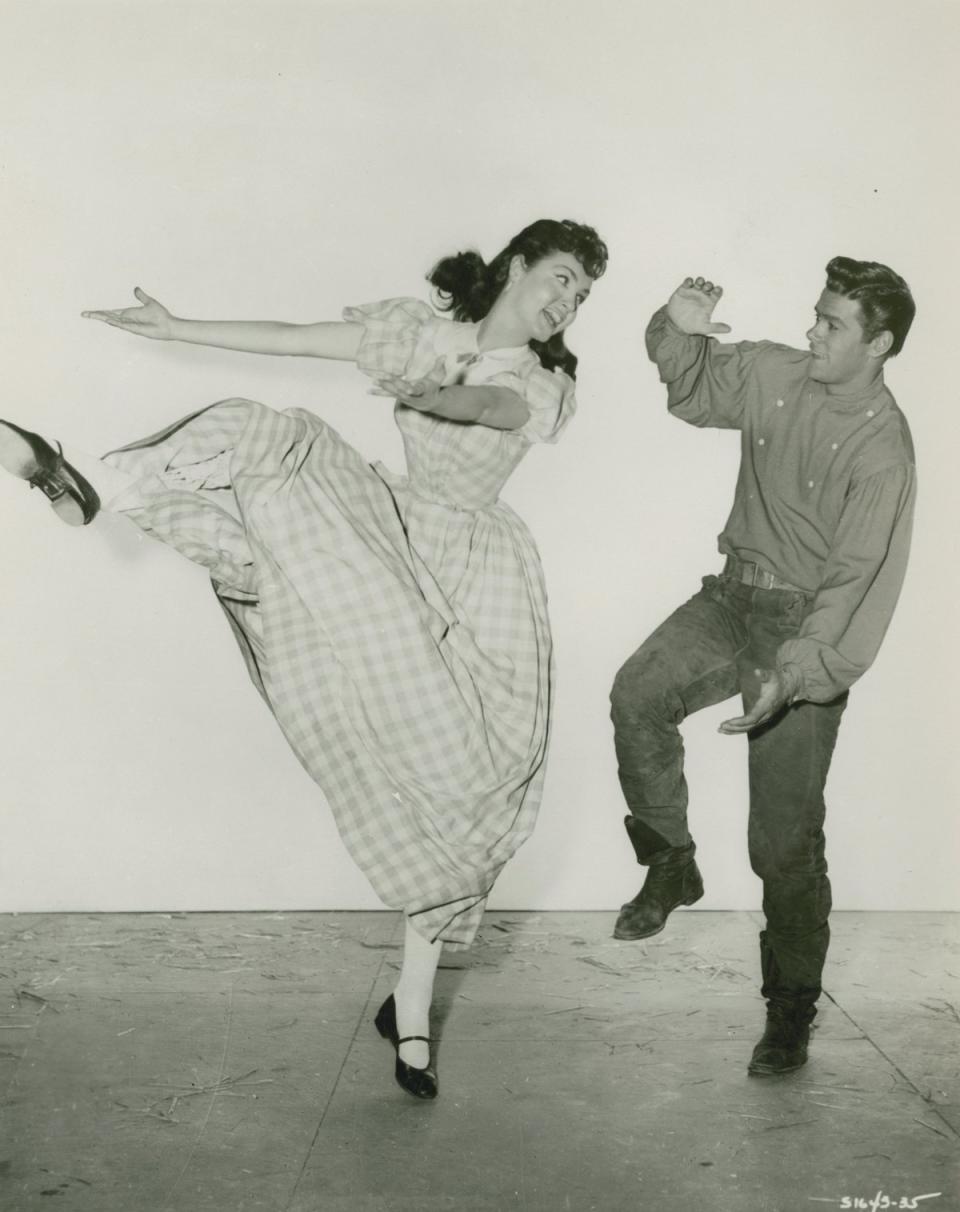
Newmar's film start was fairly inauspicious, playing 12 uncredited parts between 1952's She's Working Her Way Through College and 1954's Demetrius and the Gladiators. But it was in the latter year that she scored her first featured role as Dorcas Gaylen in Seven Brides for Seven Brothers, a musical set in 1850 Oregon.
It won the Academy Award for Best Scoring of a Musical Picture, and was nominated for four others, including Best Picture. That same year she would be seen in Deep in My Heart, credited as "Vamp."

?Warner Bros/IMDB
She next shifted over to Broadway in the 1955 musical production of Silk Stockings, which featured music and lyrics by Cole Porter in what would be his final effort for the stage. In 1956 she would star in Ziegfeld Follies, which, unfortunately, closed on the road.
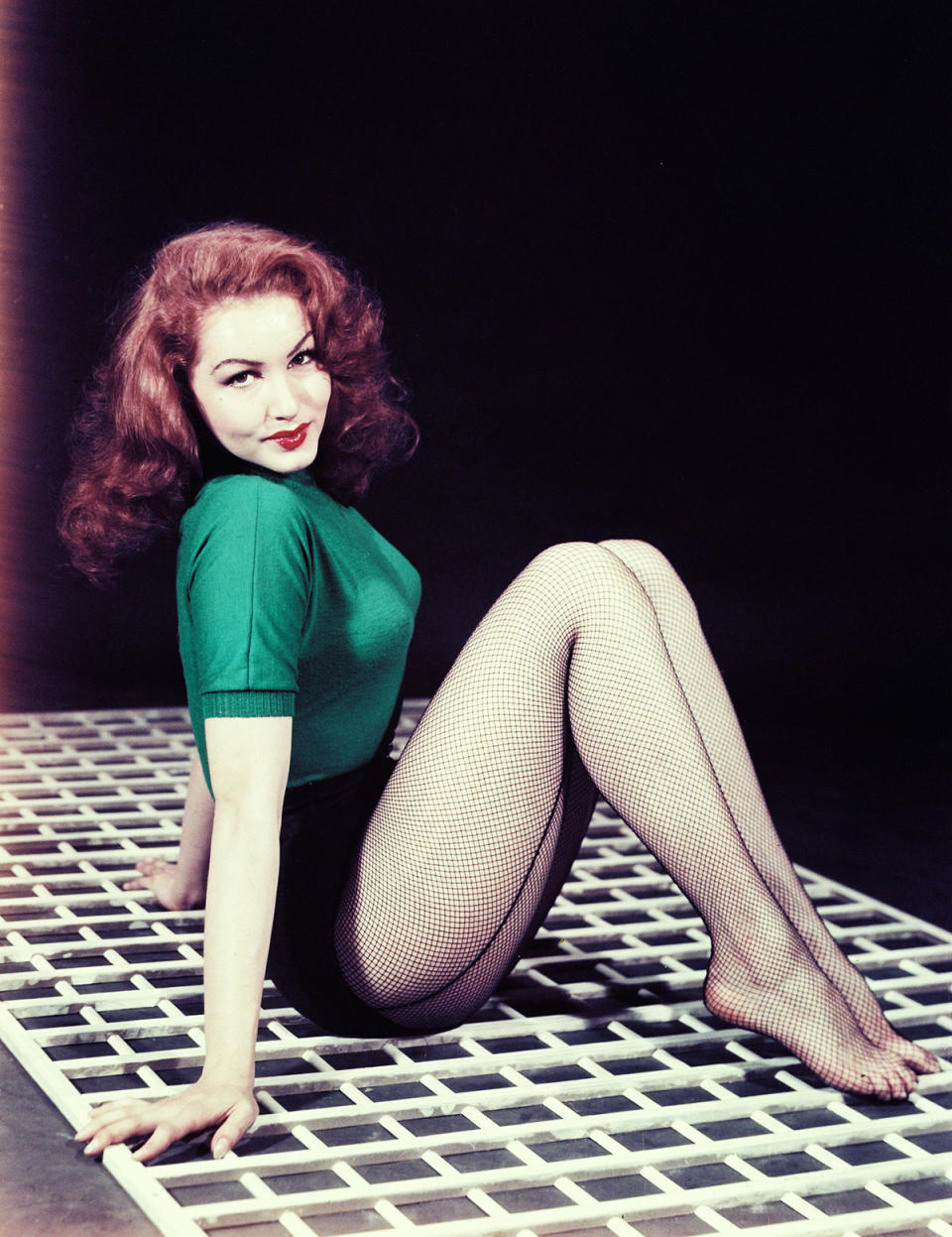
The role that first got her a lot of attention was as Stupefyin' Jones in the 1956 musical Li'l Abner, based on the newspaper comic strip of the same name that was created by Al Capp. It would also be adapted into a 1959 film in which she would reprise the part.
"The character was based on her looks and I think in the entire two-and-a-half hours of the show she is on stage less than 10 minutes," says Geoffrey. "But she made such an impression that everybody noticed her. And the other beautiful woman who played a highly-sexualized character was Tina Louise." Who, of course, played Ginger Grant on Gilligan's Island.

Newmar would be back on the stage in the 1958 sex comedy The Marriage-Go-Round as Katrin Sveg, a role she would reprise in the 1961 film of the same name.
"What's truly impressive," says Geoffrey, "is that Julie plays a part that is so highly sexualized, and while never losing her sexuality, she doesn't veer into vulgarity. That's very hard to do. Marilyn Monroe often crossed that line of playing things that were highly-sexualized, but were a bit vulgar. Marilyn's role in There's No Business Like Show Business is an example. Her husband walked off the set, because what she was doing seemed too vulgar to him. I kind of agree with it; I never found Julie in person or in any of her roles to be in bad taste. That takes someone of strong character and who is a wonderful actor to do that."

In between versions of The Marriage-Go-Round, Julie starred in the 1959 comedy film The Rookie alongside Tommy Noonan and Peter Marshall (who, of course, would later go on to host The Hollywood Squares).
In the early 1960s, Julie Newmar began to not only star in movies, but steadily make guest appearances on tv shows that include The Defenders, Route 66, The Twilight Zone and The Danny Kaye Show. As such, she became one of those actors who seemed to effortlessly shift between the stage, big screen and TV.
Julie Newmar the jet-setter
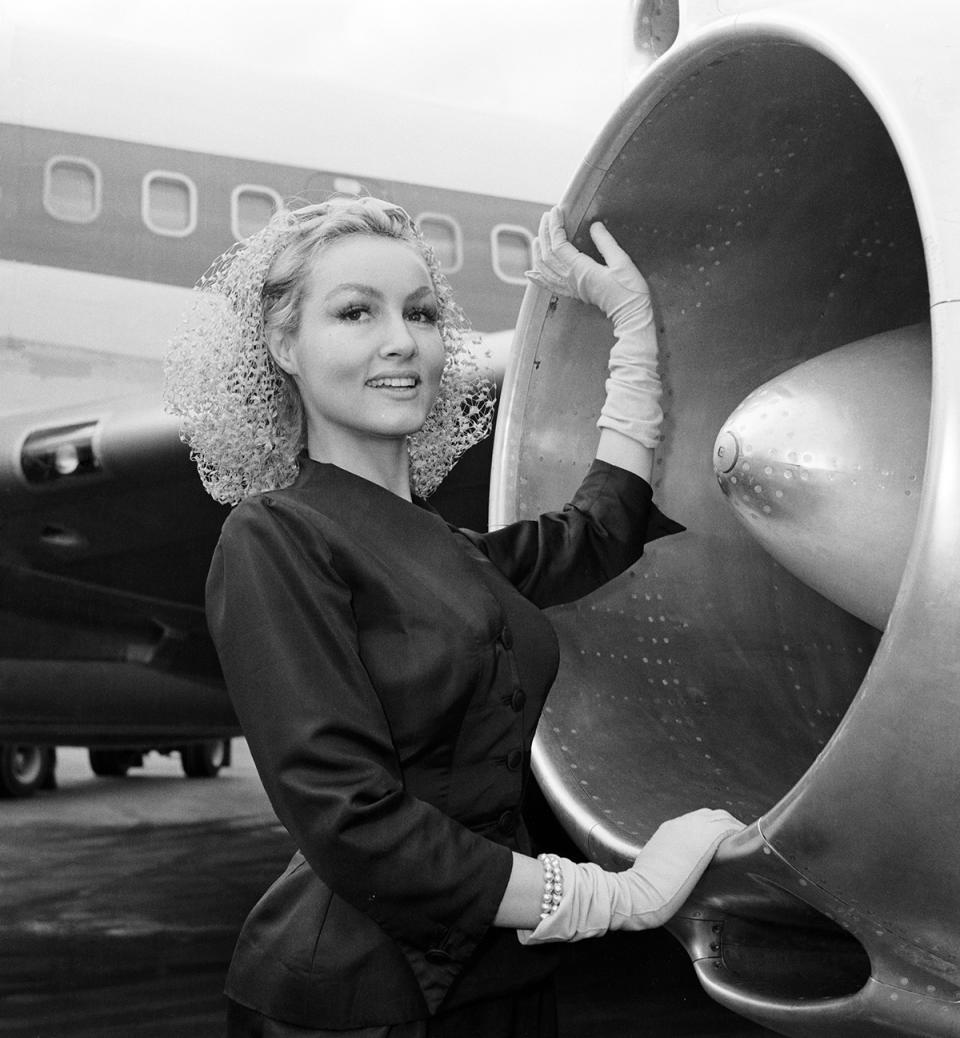
"Doing that had been unusual in the '30s and '40s," Geoffrey points out, "but by the time the '50s came along and the major studios were starting to fall apart, it was not unusual for people to do films in California, go back East into a Broadway show and then come back to the West Coast. Katharine Hepburn was doing it, Bette Davis was doing it. There were a lot of people who were becoming bi-coastal, because the clout from the movies gave them the box office name to ensure a possible Broadway hit.
Geoffrey continues: "And since Julie was trained for the stage to begin with, I don't think it's at all surprising that she bounded back and forth and that she, in at least two cases, appeared in a Broadway show that was a hit, and when the movie was made of that show, she played the same part."
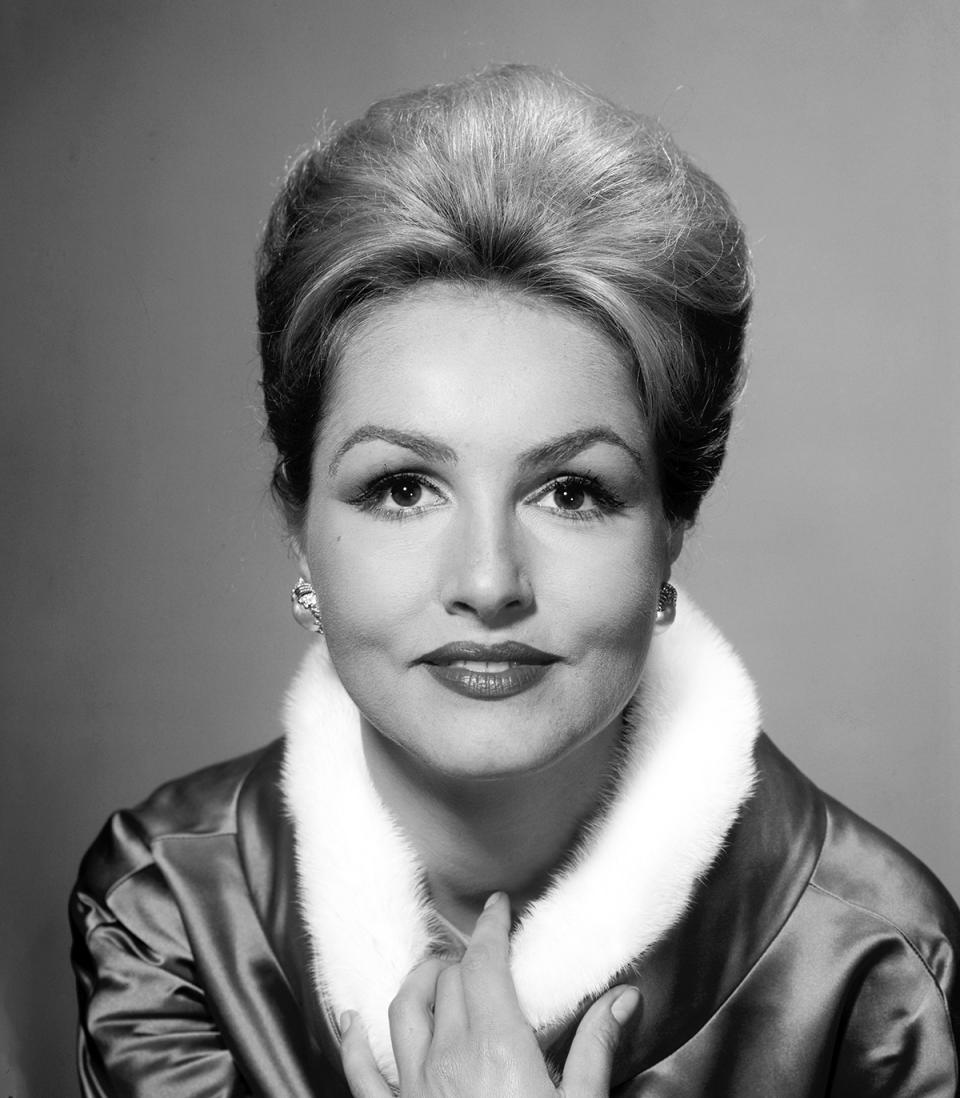
"Another thing to keep in mind," Geoffrey adds, "is that in those days TV and movies paid a whole lot better. Even the great Ethel Merman at the apex of her career in Gypsy was making $5,000 a week and that was good money, but you made more money doing other things. And how many Ethel Mermans are there? What she was getting was top payment, which is not what everybody got."
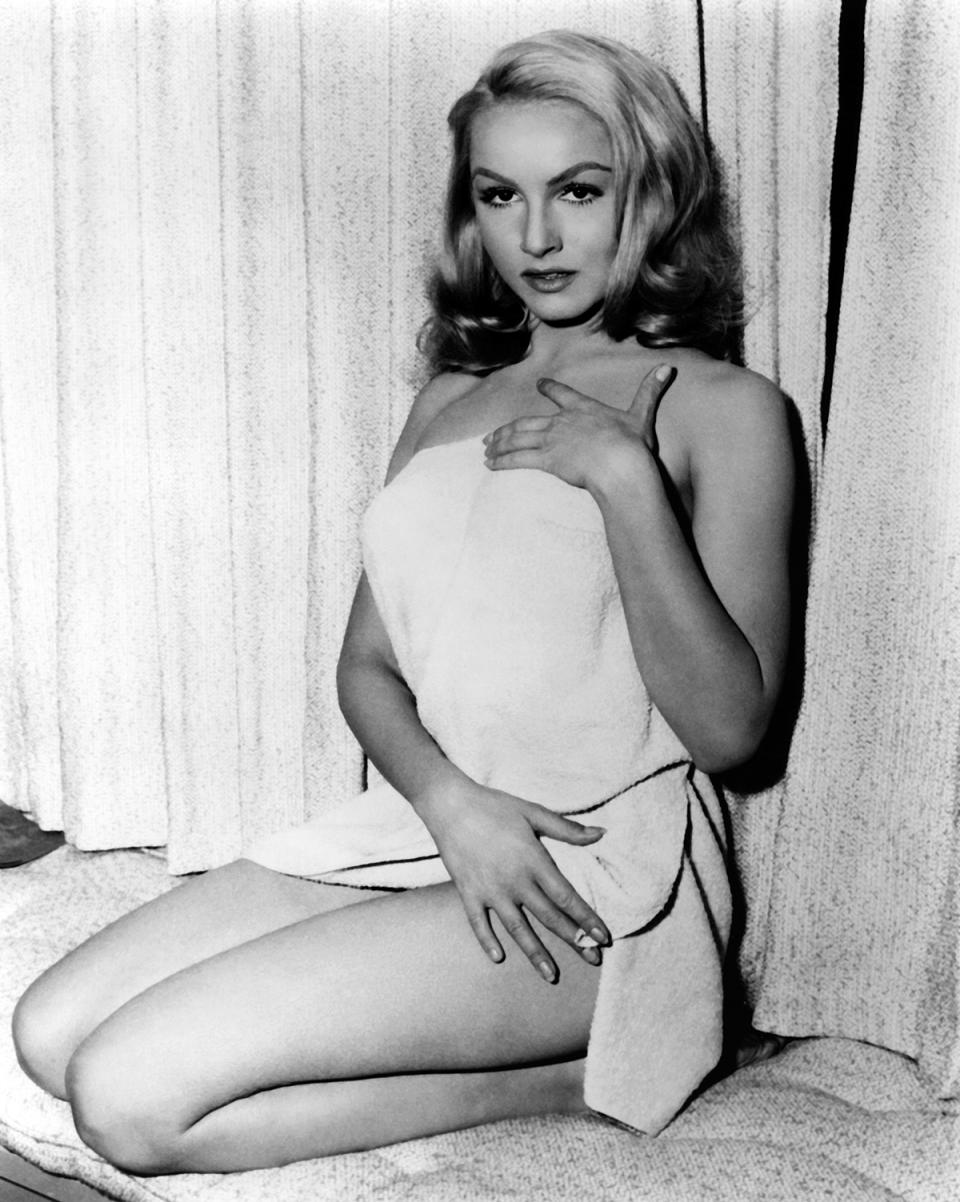
Geoffrey also notes that something the public always seems to forget is that just because an actor like Julie Newmar is working on movies and tv shows, it doesn't mean that they're wealthy. "People have to earn a living," says Geoffrey, "and Julie took the jobs that were offered to her as they were offered. If there was a lull in her movie career or TV work, she did stage. If there was a lull in stage, she was looking at TV and movies — whatever brought her the income helped build her career."
"There are a lot of actors who never turn down anything they're offered, because they want to keep working," he says. "So in her taking different roles offered to her, it was a matter of what was available to a woman who was pushing six-feet tall and who was that beautiful."
From 'My Living Doll' to 'Batman'
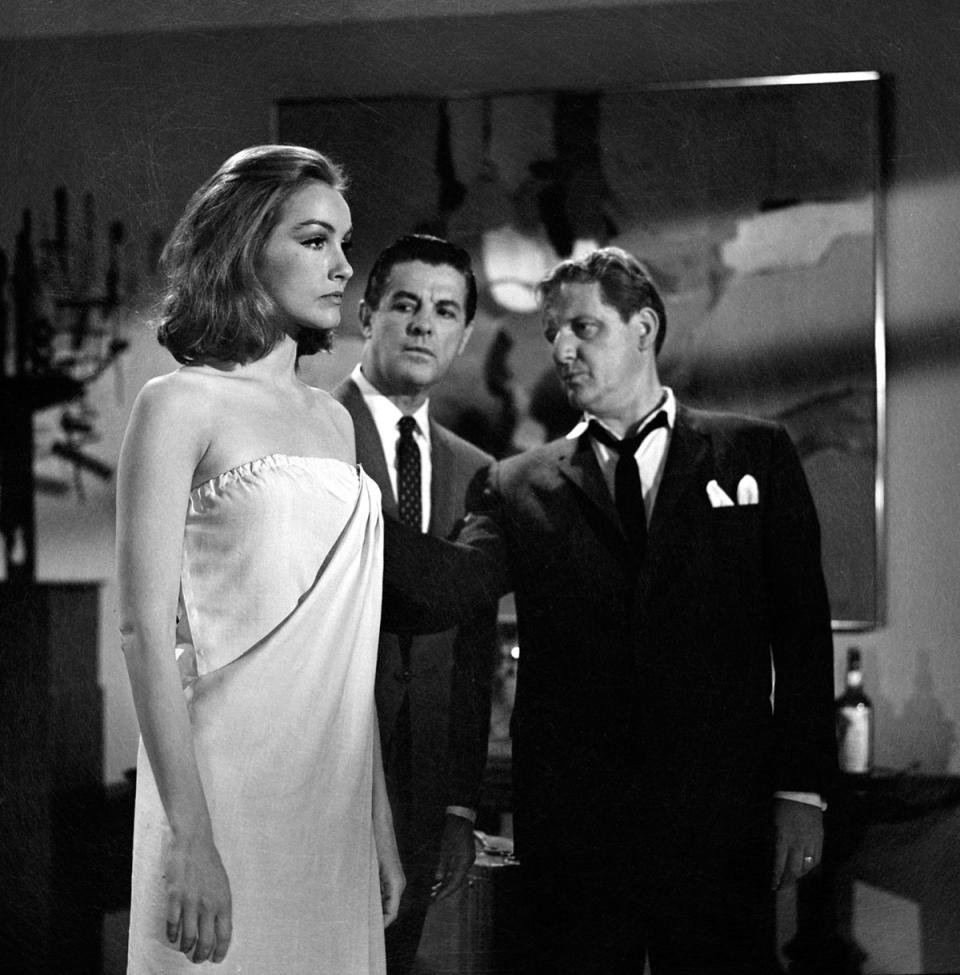
In 1964 Newmar signed on to the only television series she was a regular on, My Living Doll. In it, she plays a lifelike android named Rhoda Miller, who is given to psychiatrist Dr. Bob McDonald (Bob Cummings) to prevent her from falling into the hands of America's enemies.
As such, My Living Doll became one of many 1960s' sitcoms that took on a fantasy bent, a list that included My Favorite Martian (the same producer as this show), Mister Ed, Bewitched, I Dream of Jeannie, The Munsters, The Addams Family ... the list goes on. But the show failed to go beyond a single season, to which Geoffrey chalks up to a number of reasons.
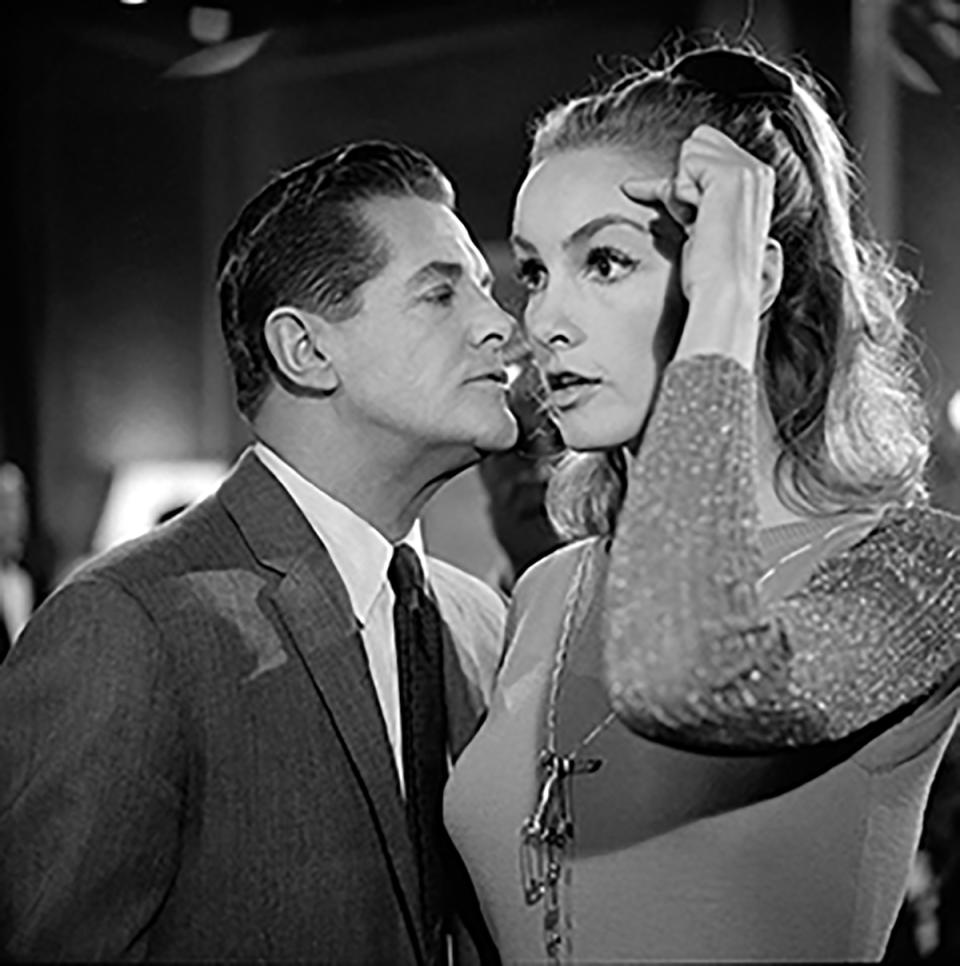
"It was under-directed, under-written and underwhelming," Geoffrey says matter of factly of My Living Doll. "I don't care how wonderful an actor you are, if it's not on the page, it ain't on the stage. And then Bob Cummings jumped ship halfway through the season, and the show got even worse, because another rule of television is that you can't be funny in a vacuum. You have to have strong people around you. Lucille Ball is the absolute best performer on a sitcom ever, but she needed Desi Arnaz and William Frawley and Vivian Vance and Bill Asher to direct her and her brilliant writers to write for her."
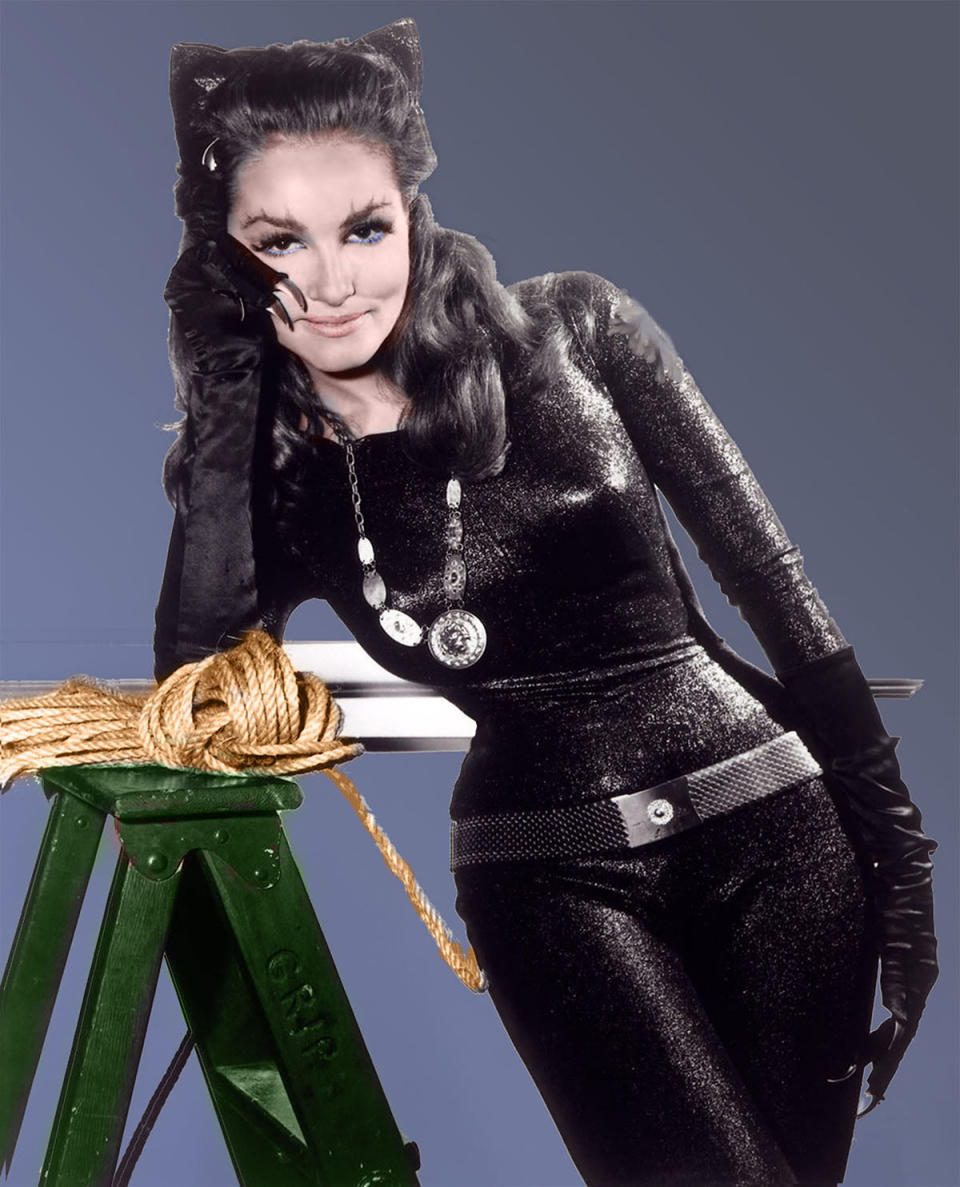
Julie Newmar dusted herself off from that failure, and pretty soon thereafter was brought aboard Batman in the role of Catwoman, which is the image of her that locked into place for many people. As previously noted, she appeared in 12 episodes of the 1966 to 1969 series.
"My Living Doll became a hiccup for her, because she became so tremendously popular from the Batman TV show," Geoffrey states. "And Julie wisely realized that Catwoman could be a career-maker, but it could also be a career-breaker in terms of typecasting. It's why she didn't do the 1966 Batman film or more episodes than she did. She went in, she made the kill and gave her career that huge boost, and then got out to do other things."
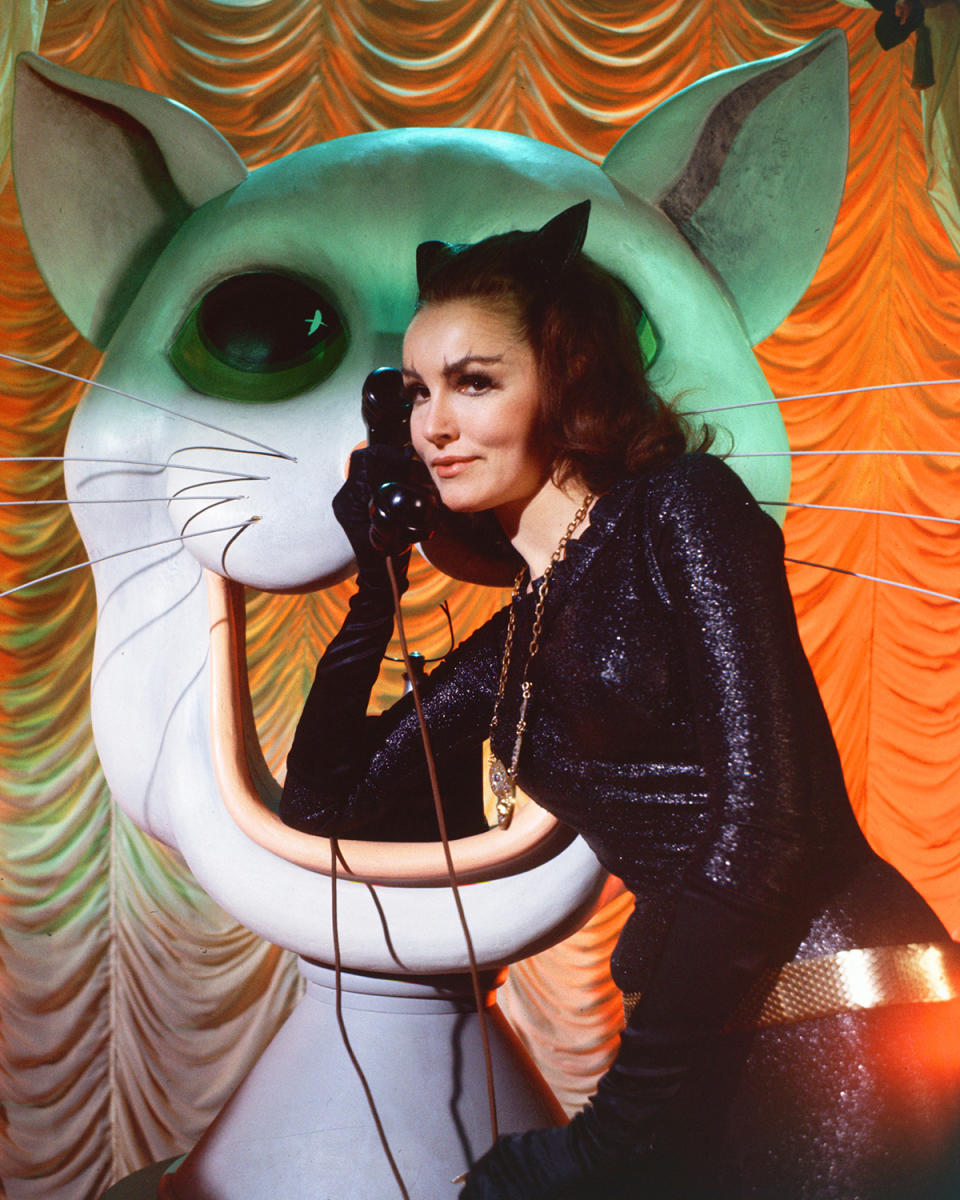
In the first few years following Batman, she appeared on the big scren in movies like the Western Mackenna's Gold and the comedy The Maltese Bippy (both 1969), TV movies such as The Feminist and the Nerd (1971), A Very Missing Person (1972) and Fools, Females and Fun; and made guest appearances on everything from The Monkees to Star Trek, Bewitched and Columbo. And while Julie Newmar credits would spread up until 2017, showing up in different movies and TV shows, things began to change in her personal life in the early 1970s.
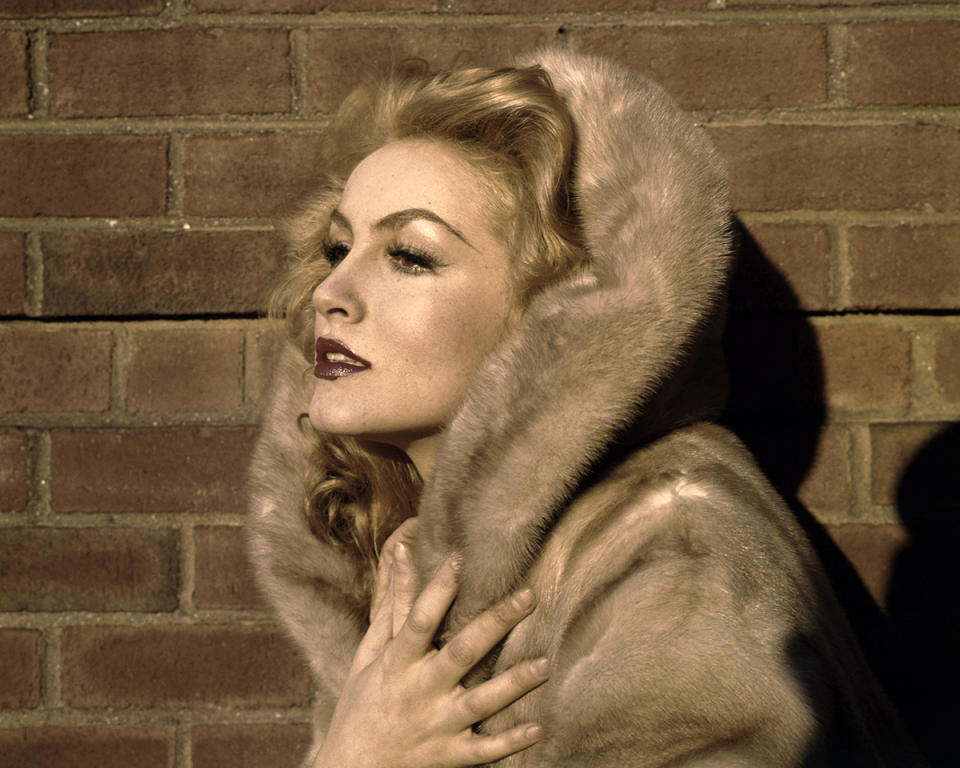
Love, Marriage and a Son
Although Julie had been engaged to novelist Louis L'Amour and was romantically involved with actor Ken Scott and comedian Mort Sahl, in 1977 she married lawyer J. Holt Smith, and together they moved to Fort Worth, Texas. There they had a son, John Jewl Smith, in 1981 who has a hearing impairment and Down syndrome. The marriage ended in divorce in 1984.

"She is a wonderful mother," enthuses Geoffrey. "I've met him and although he's challenged, he radiates sweetness. And when you see them together, you can see how much they love each other and what a good job she did for him. And with all of the responsibilities on her, she did not hand her special needs child over to a nanny and say, 'Bye-bye.' And when she did want to work, she had to deal with the fact that she was now a middle-aged woman in a town that was then and is now very ageist. At the same time, she was also taking the money she earned and became a really smart business woman."
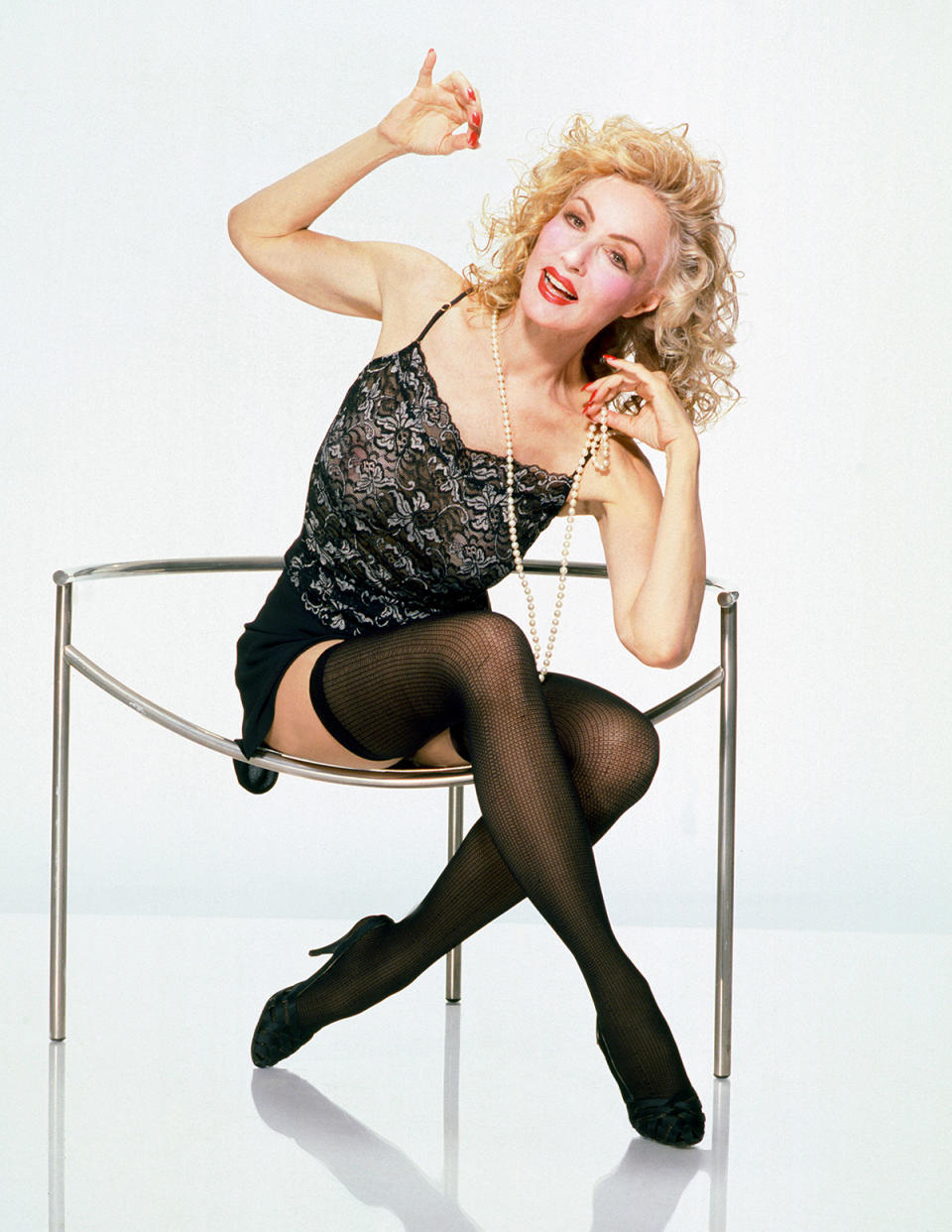
Indeed, in the 1970s she patented "Nudemar," a pantyhose and bra that was advertised as being "nearly invisible." On top of that, in the 1980s she began to invest in Los Angeles real estate and reportedly made a fortune doing so.
And as time went on, she would continue to accept many of the parts that were offered just to keep herself out there. "There are scores of women," suggests Geoffrey, "that when they hit their 40s, the roles just grow further apart. Julie just gave up being the love interest and reached the point where she was able to cherry pick the things she did as an actor."
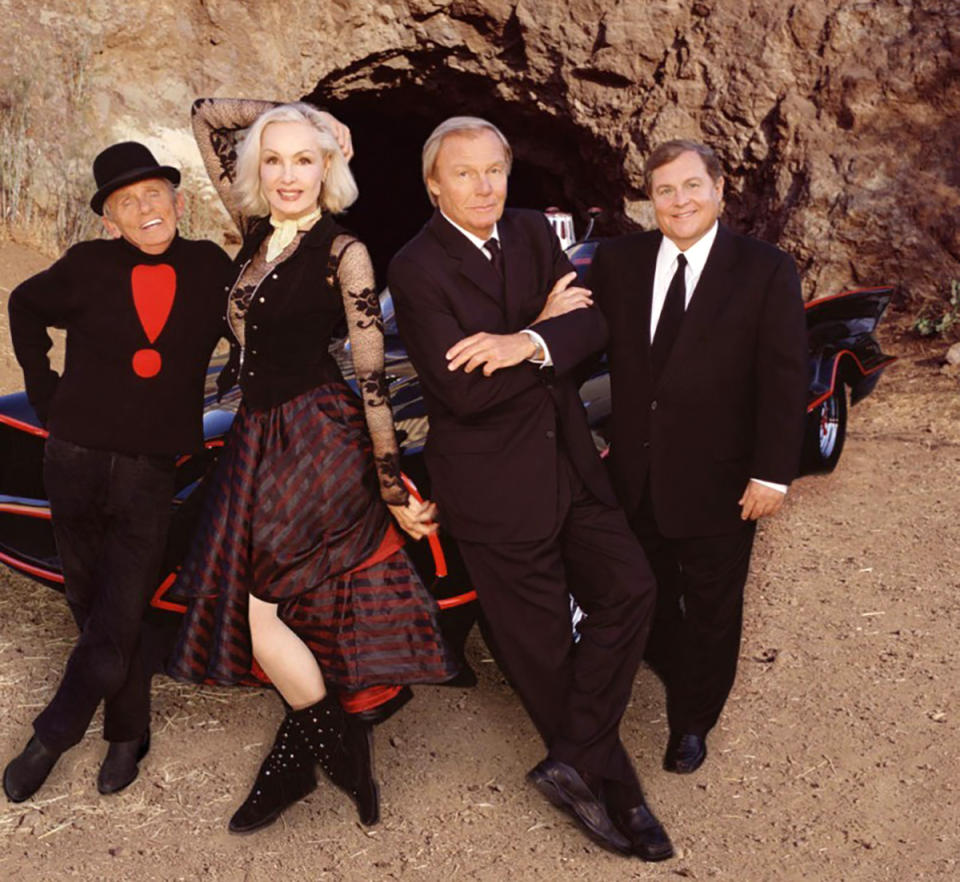
And one project she chose was 2003's Return to the Batcave: The Misadventures of Adam and Burt, a biopic of sorts that looked at the insanity surrounding the Batman TV show and its impact on stars Adam West and Burt Ward. Julie got in on the fun as did Frank Gorshin, who had played the Riddler. Additionally, she voiced the part of Catwoman in a pair of animated movies, Batman: Return of the Caped Crusaders (2016) and Batman vs. Two-Face (2017).

Julie Newmar today
What amazes Geoffrey is that even today, at the age of 90, not only is Julie Newmar still going strong, but she continues to demonstrate a truly giving heart, including the fact that she's a vocal supporter of LGBT rights (her brother, John, is gay).
"And she's still taking care of her child because of his special needs," he says. "At [comedian] Rip Taylor's memorial service in 2019, Julie brought her son and watching her interact with him in public was an inspiration. Not for one iota of a second did you feel sorry for her or embarrassed for her, and before and after watching her I thought to myself, 'I am so lucky to know this woman.'
"Today, at her age right now, you sit near her, talk with her, have dinner with her, you can't help but notice how incredibly beautiful her face is. It's the same face. It hasn't changed. This is going to sound so trite," Geoffrey closes. "God gave her these incredibly good looks, but maybe why she's so fascinating is because her soul is even more beautiful."
More Photos of Iconic Julie Newmar Movies and TV shows
'The Phil Silvers Show' (1957 TV Guest Star)

'Li'l Abner' (1959 Film)
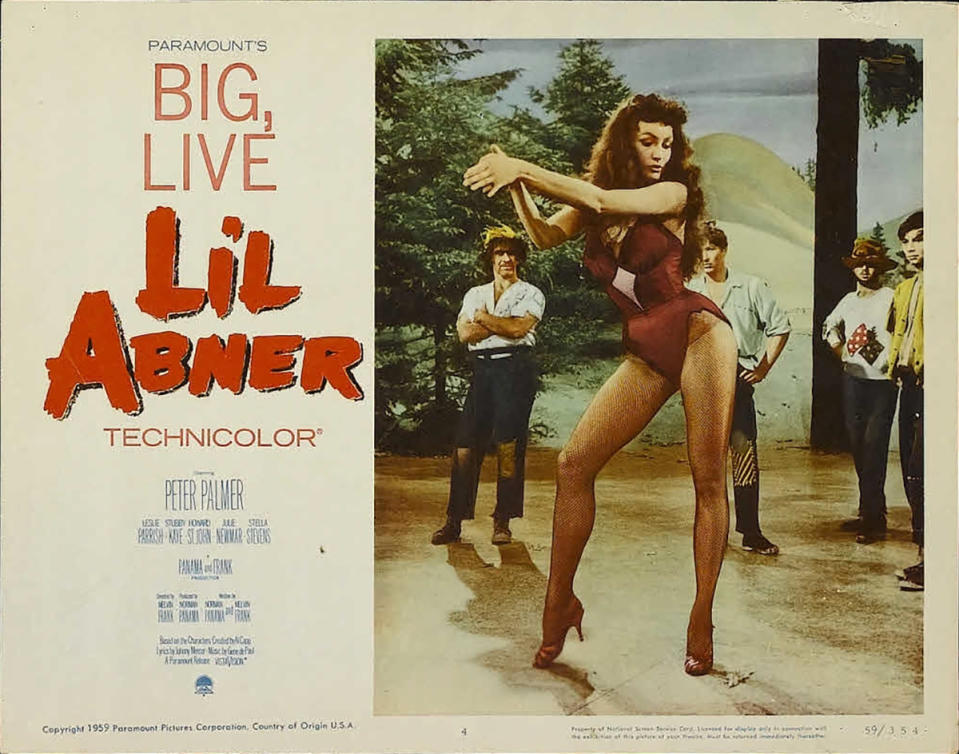
'The Marriage-Go-Round' (1961 Film)

'Route 66' (1962 TV Guest Star)

'For Love or Money' (1963 Film)
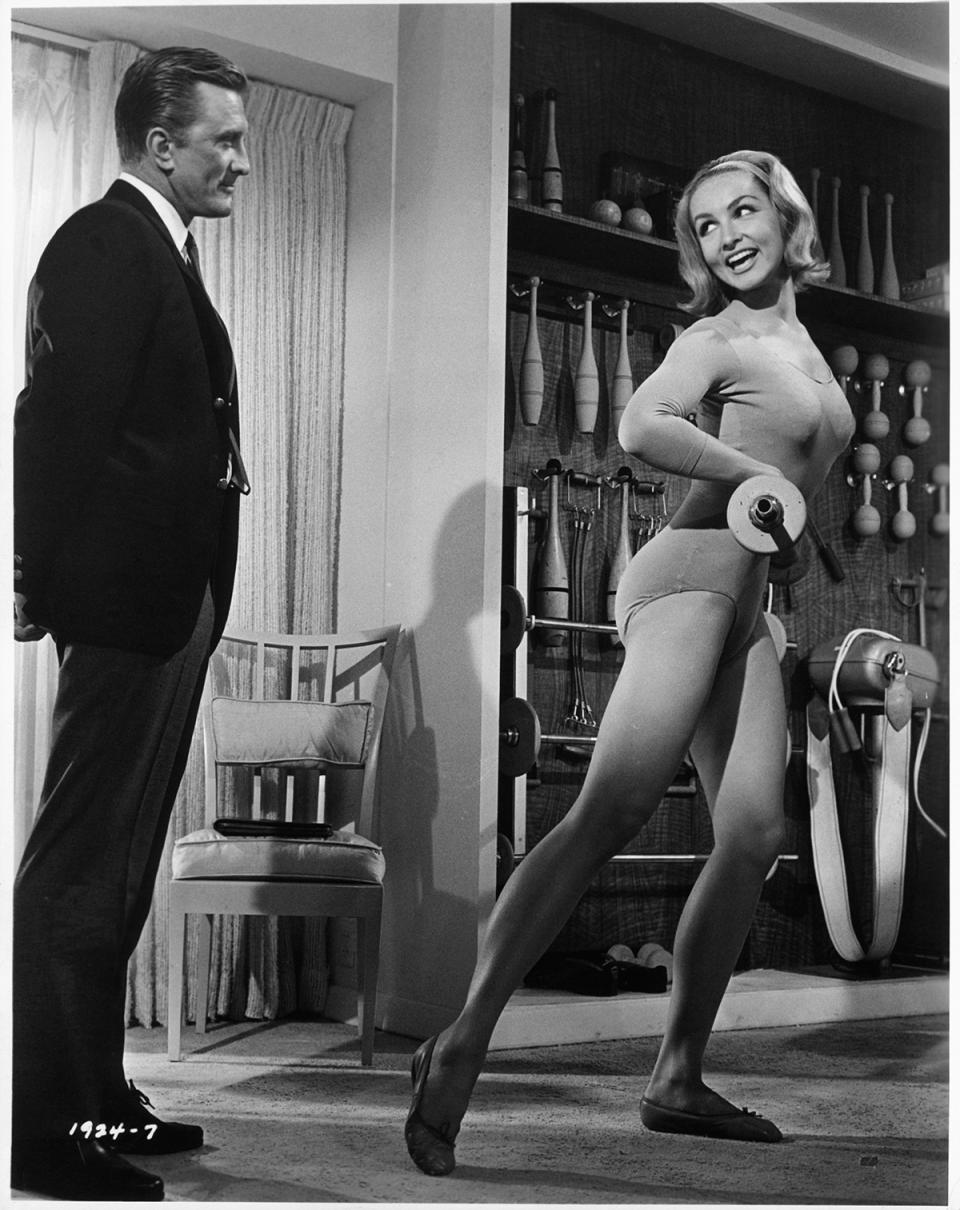
'The Twilight Zone' (1963 TV Guest Star)
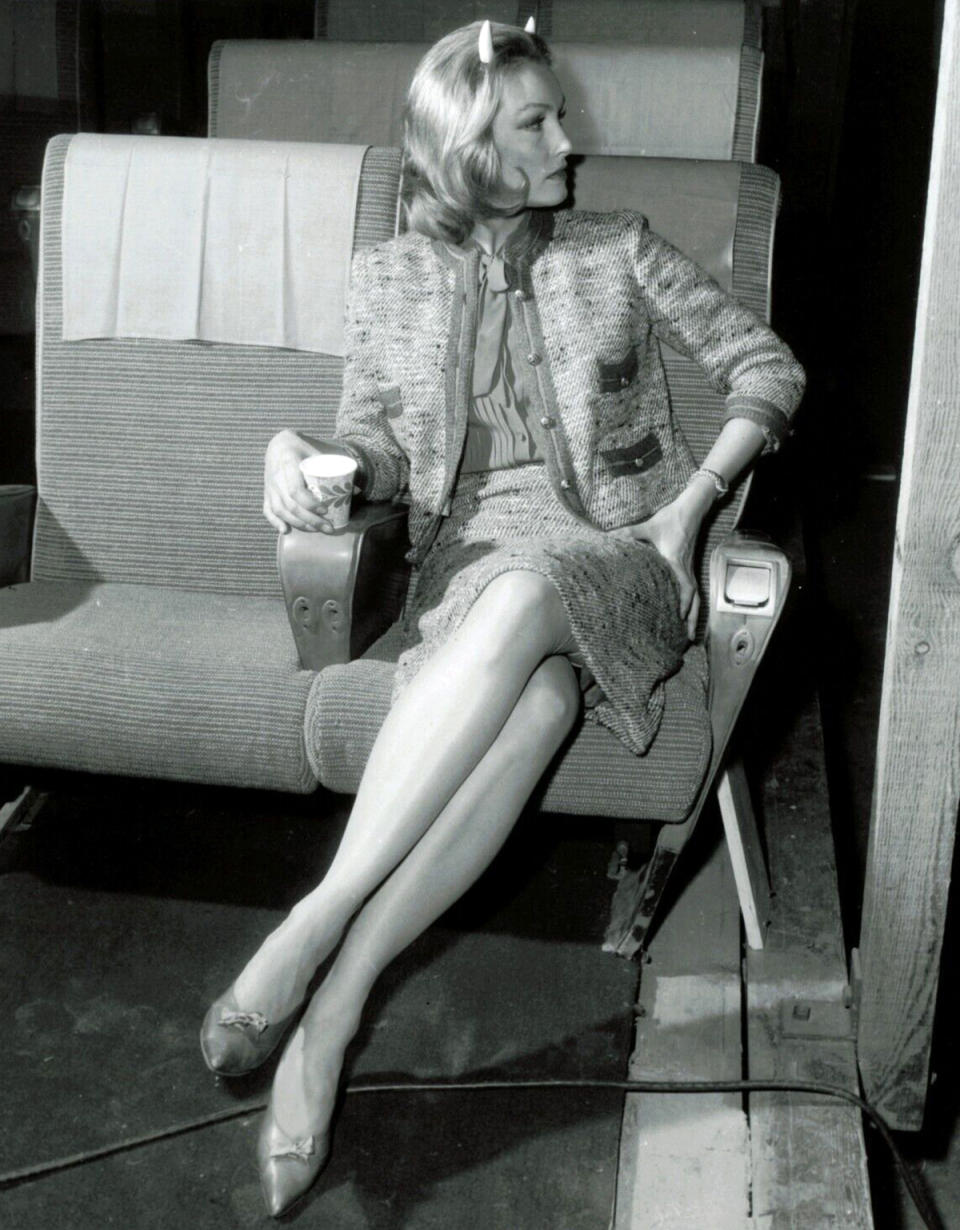
'The Danny Kaye Show' (1963 TV Guest Star)

'Irma La Douce' (1964 Stage Show)
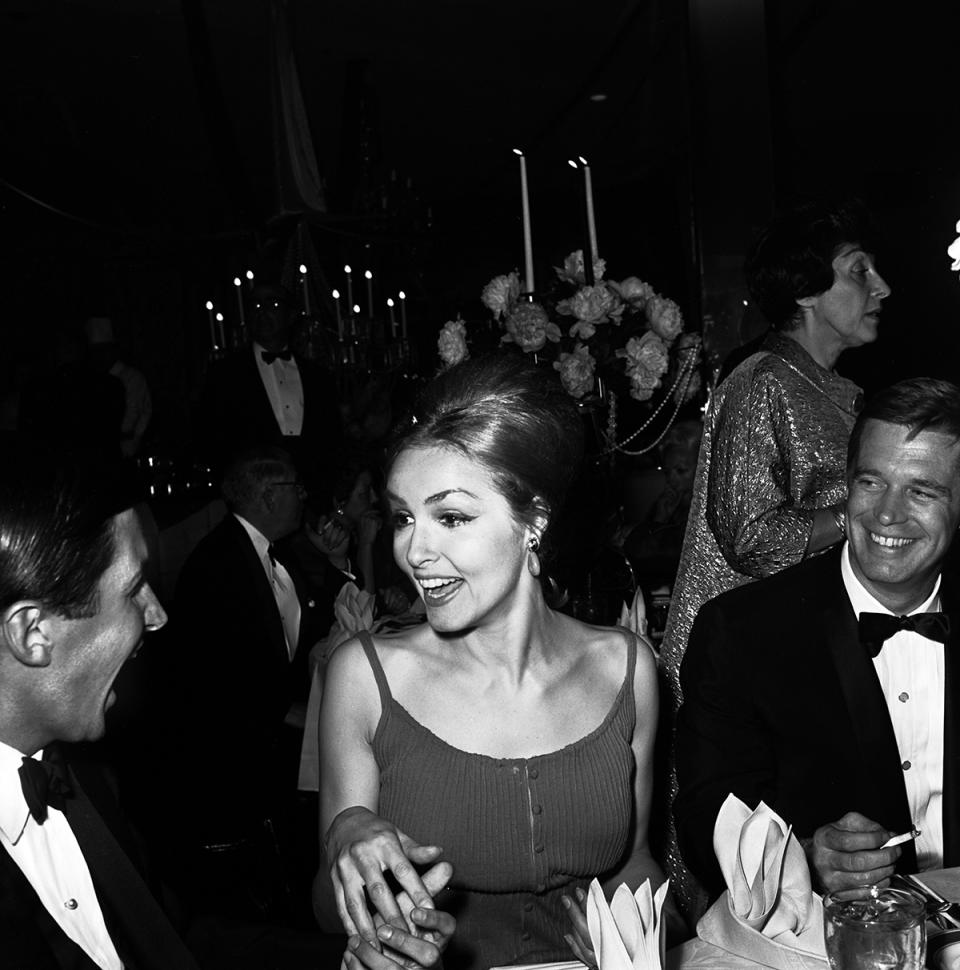
'F Troop' (1966 TV Guest Star)

'The Monkees' (1967 TV Guest Star)

'Star Trek' (1967 TV Guest Star)

'Get Smart' (1968 TV Guest Star)
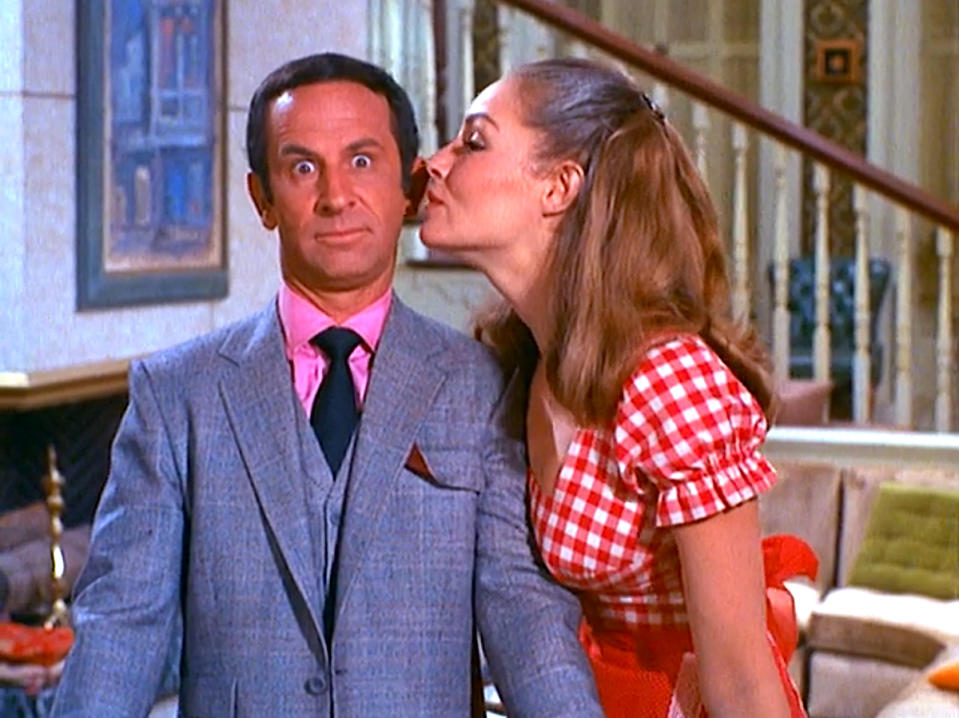
'Mackenna's Gold' (1969 Film)
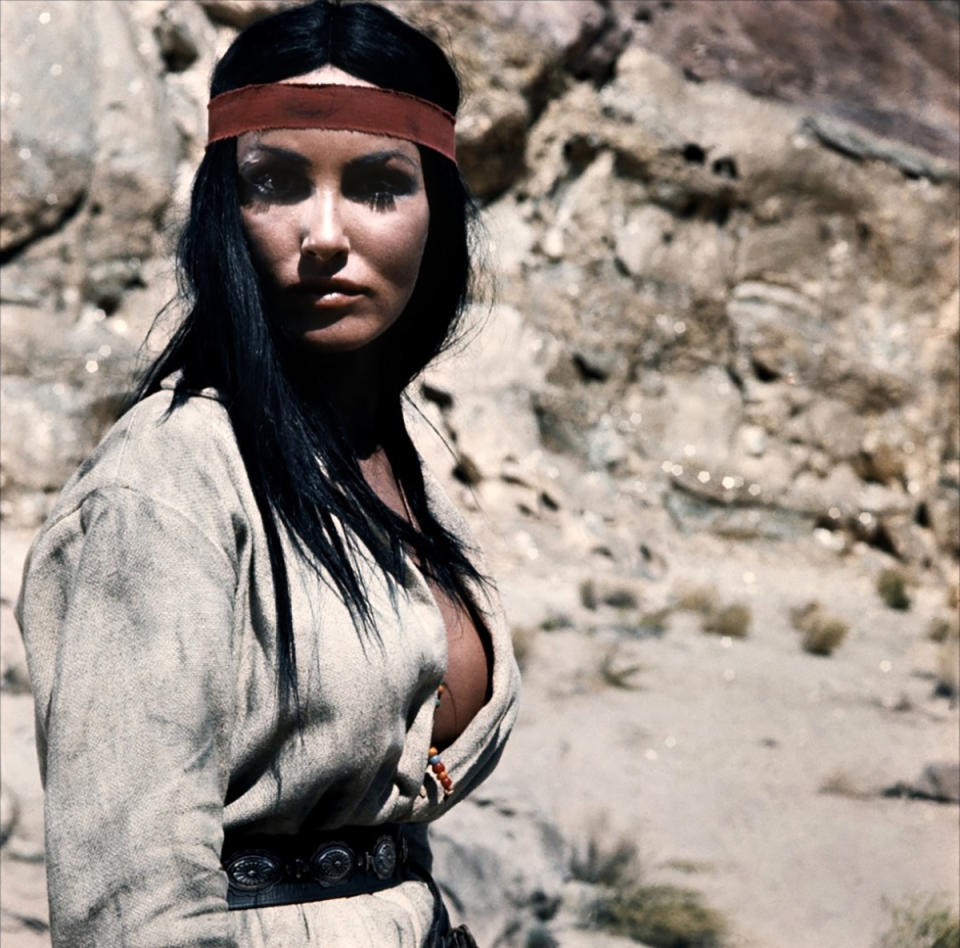
'The Maltese Bippy' (1969 Film)
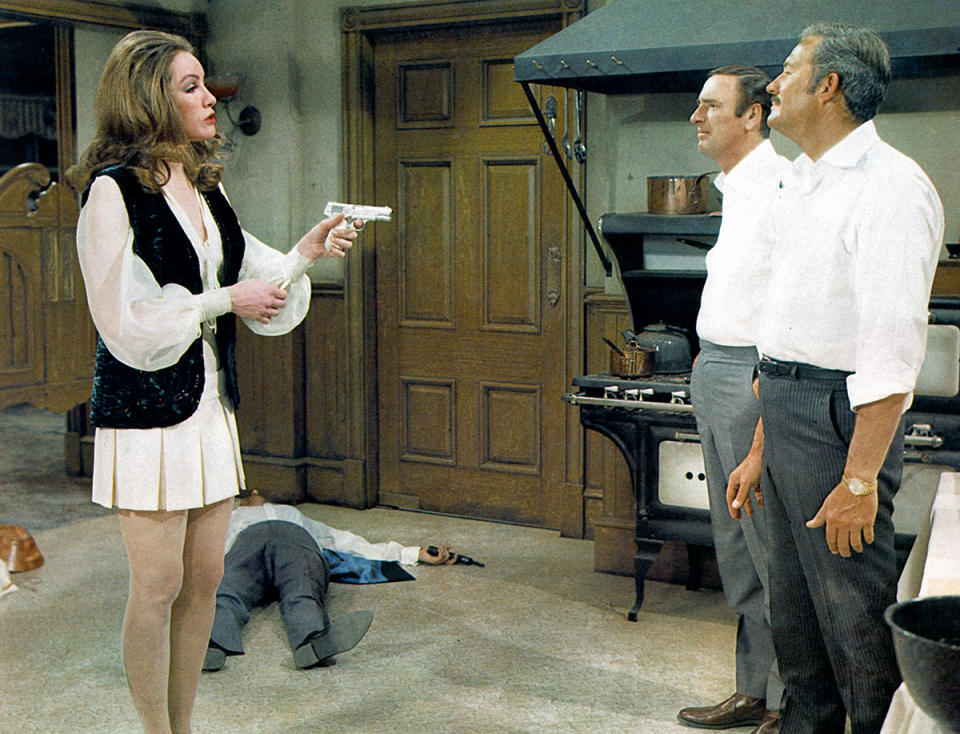
'It Takes a Thief' (1969 TV Guest Star)

'McCloud' (1970 TV Guest Star)
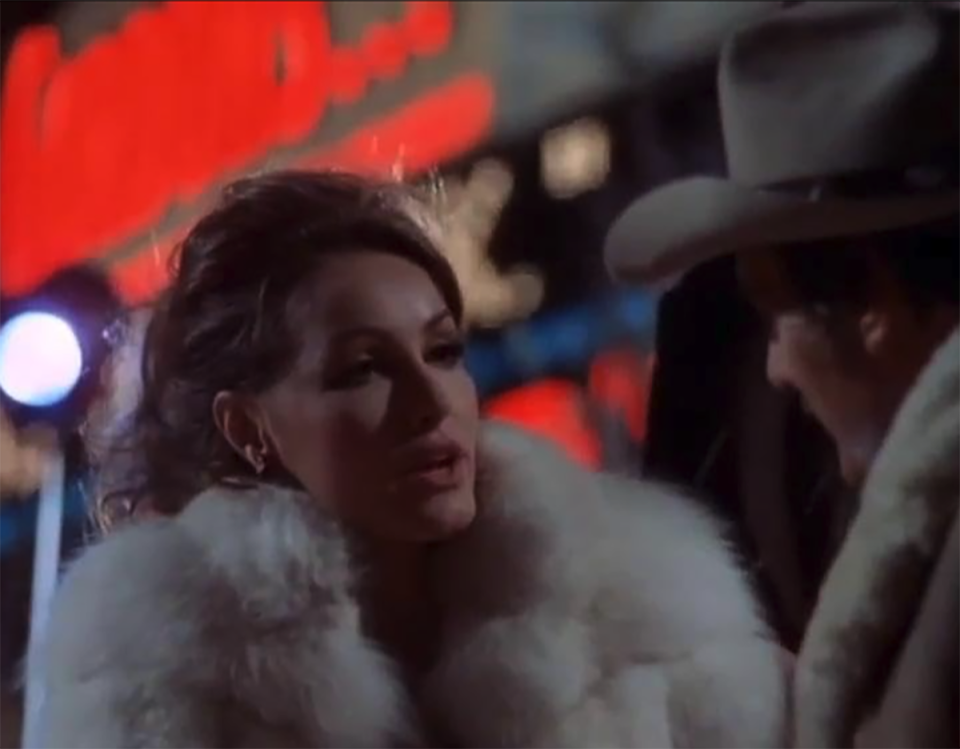
'Love, American Style' (1970-1972 TV Guest Star)
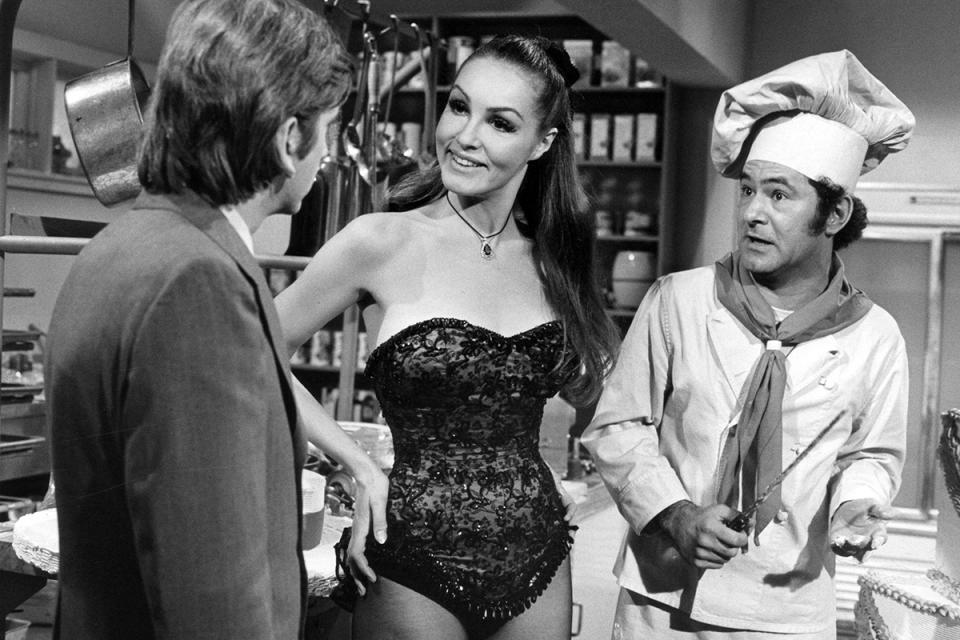
'Seduction of a Nerd' (1970 Film)
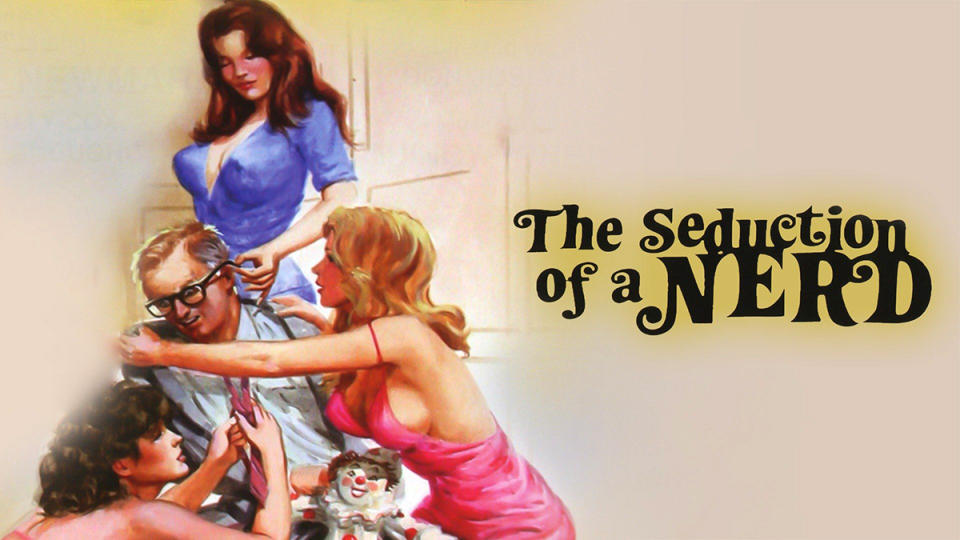
'The Feminist and the Fuzz' (1971 TV Movie)
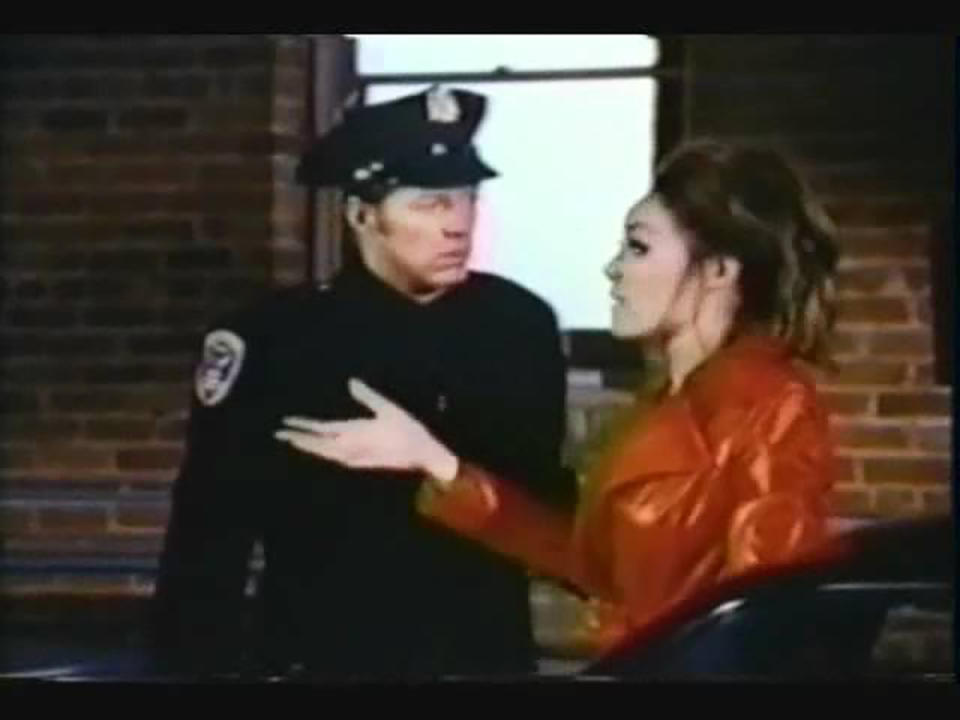
'Bewitched' (1971 TV Guest Star)
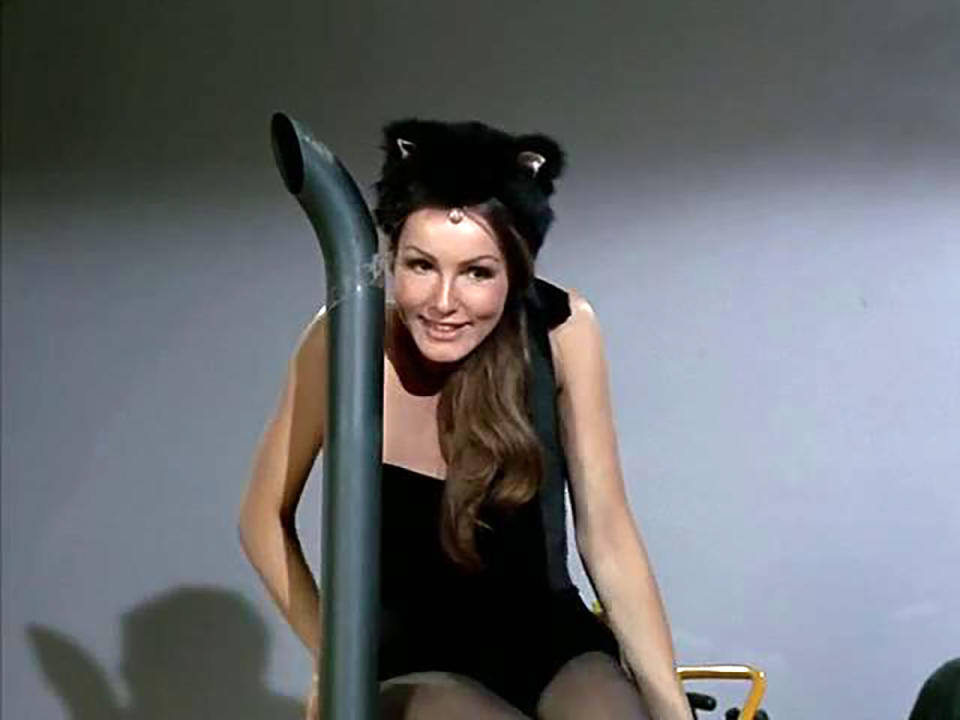
'The Bionic Woman' (1976 TV Guest Star)
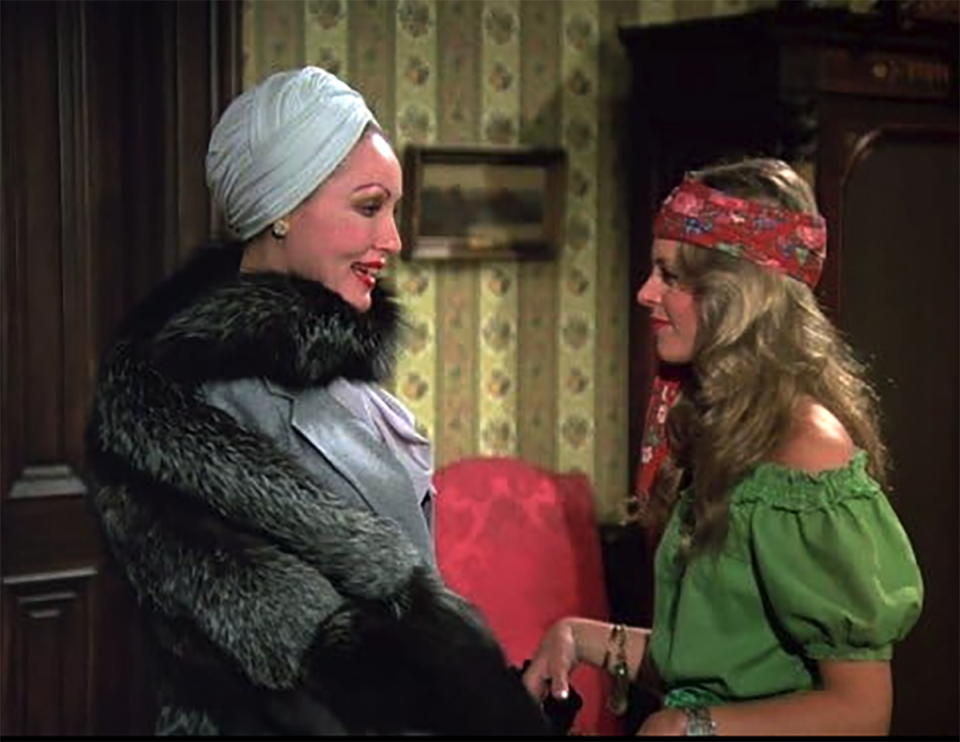
'Monster Squad' (1976 TV Guest Star)
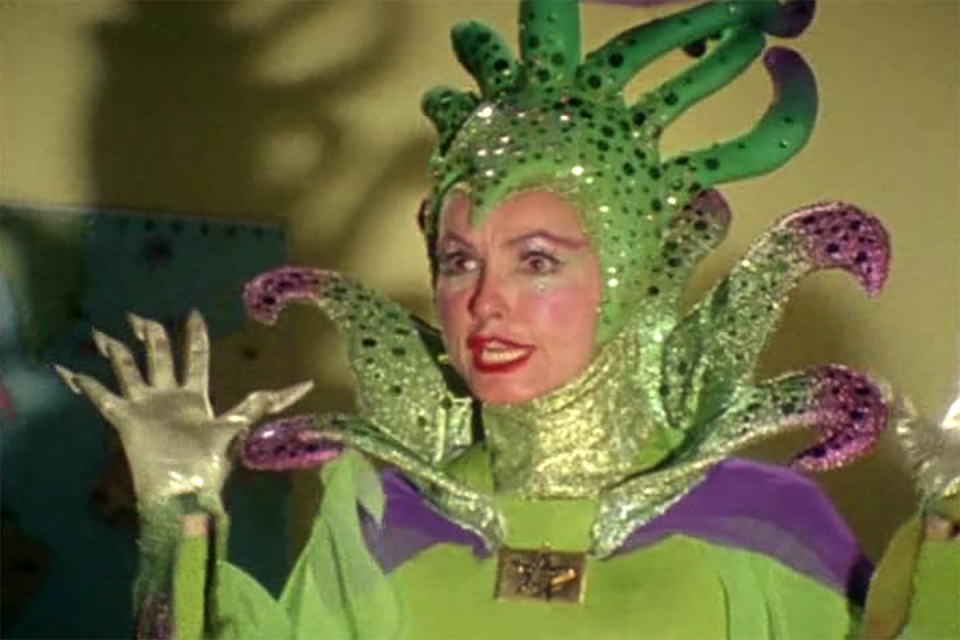
'Jason of Star Command' (1978 TV Guest Star)
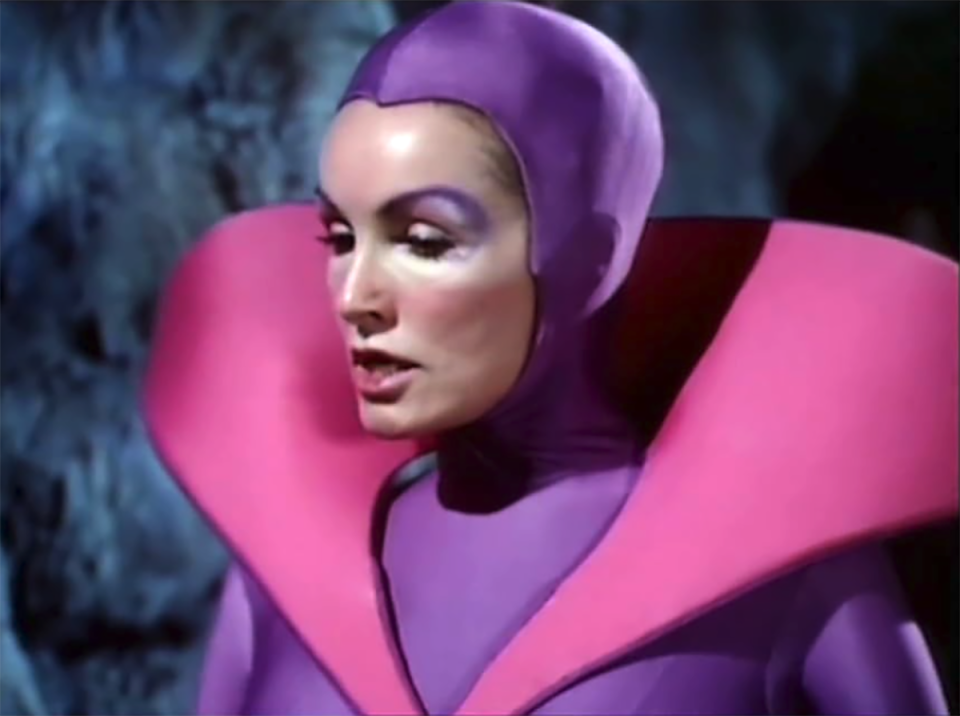
'Buck Rogers in the 25th Century' (1980 TV Guest Star)
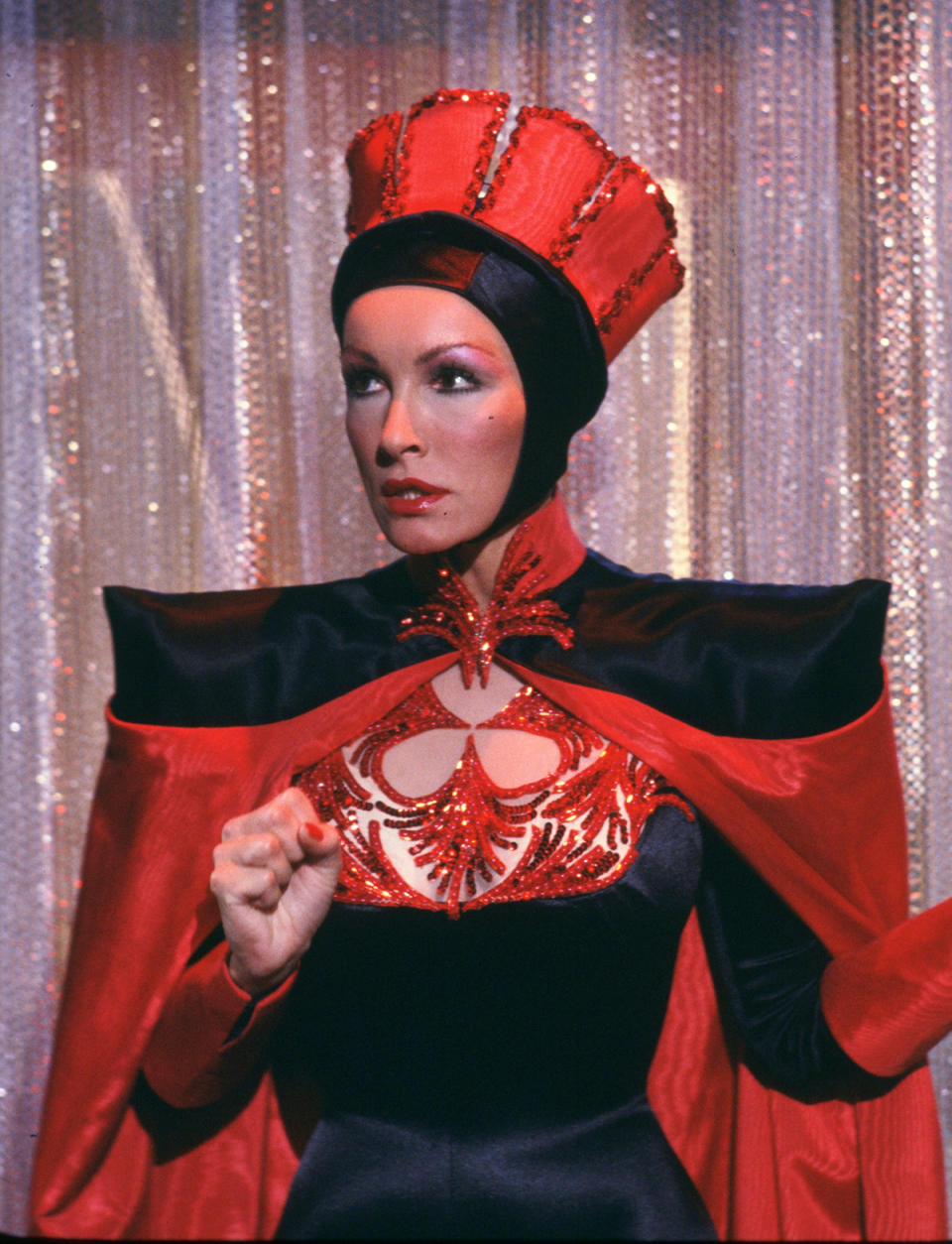
'Streetwalkin'' (1985 Film)
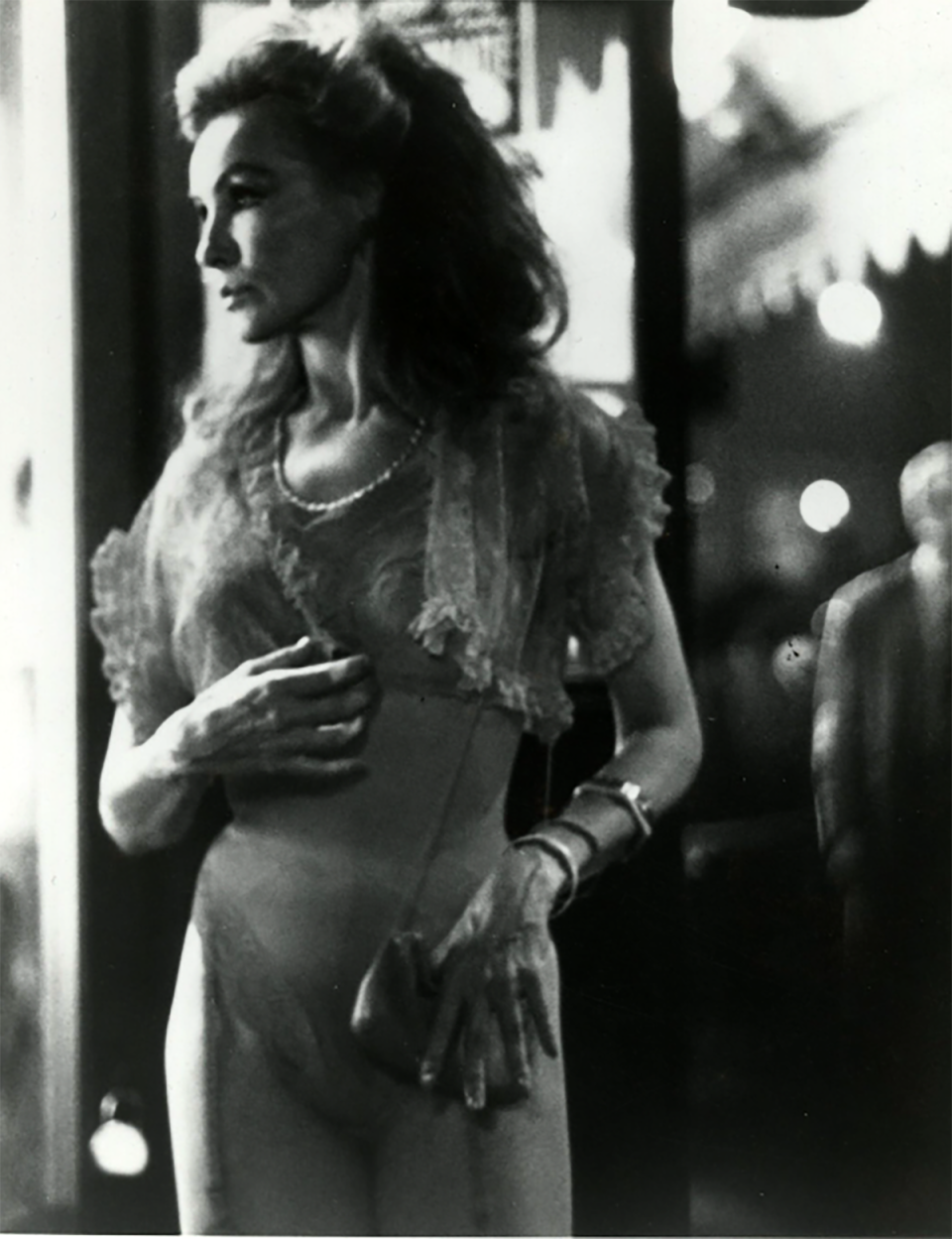
'To Wong Foo, Thanks for Everything! Julie Newmar' (1995 Film)

'According to Jim' (2006 TV Guest Star)
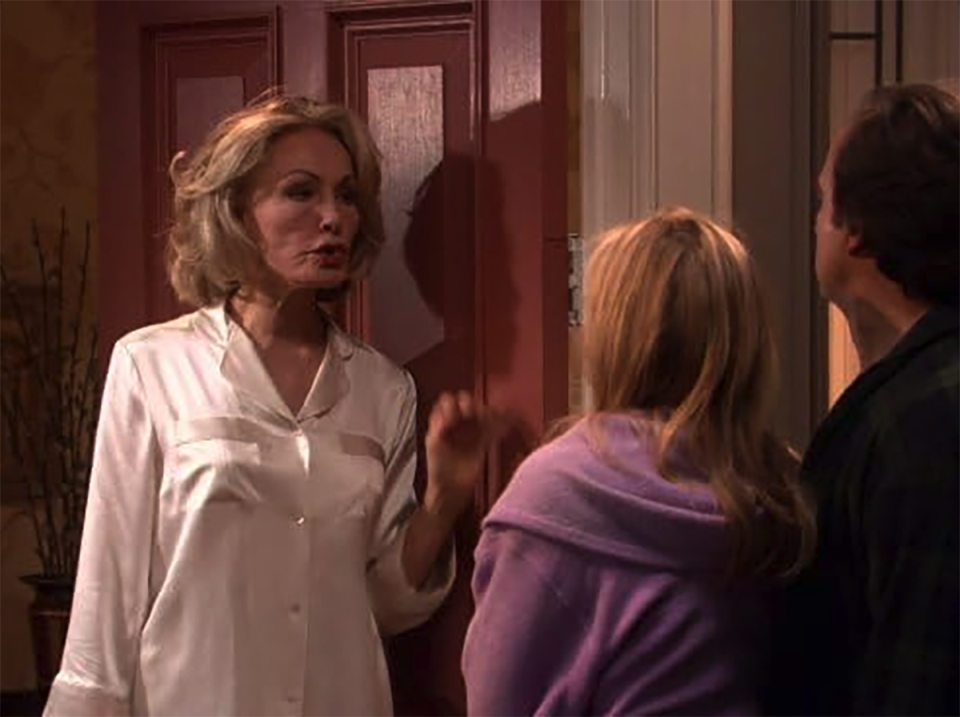
'Batman vs. Two-Face' (2017 Blu-ray Animated Movie)
